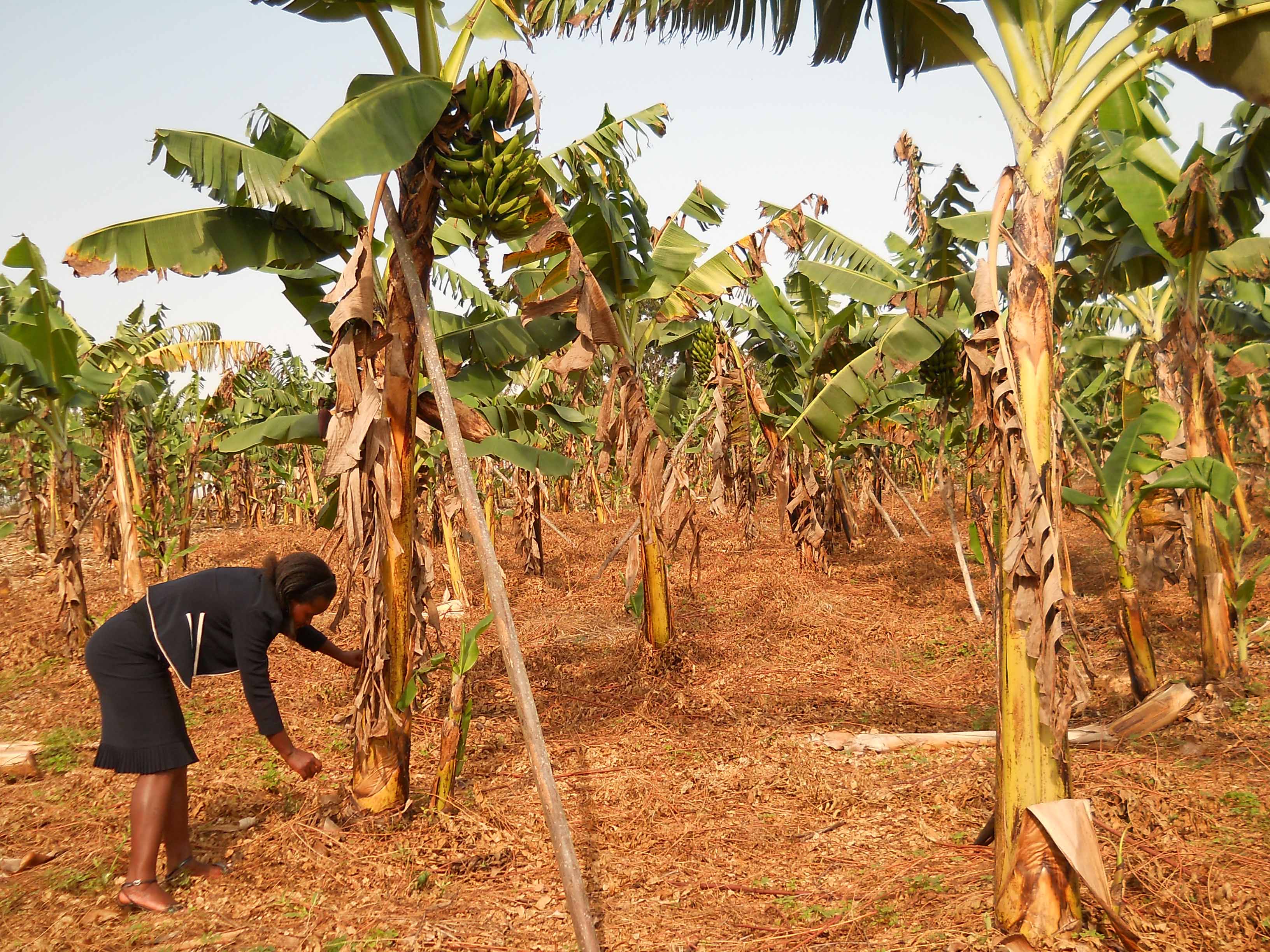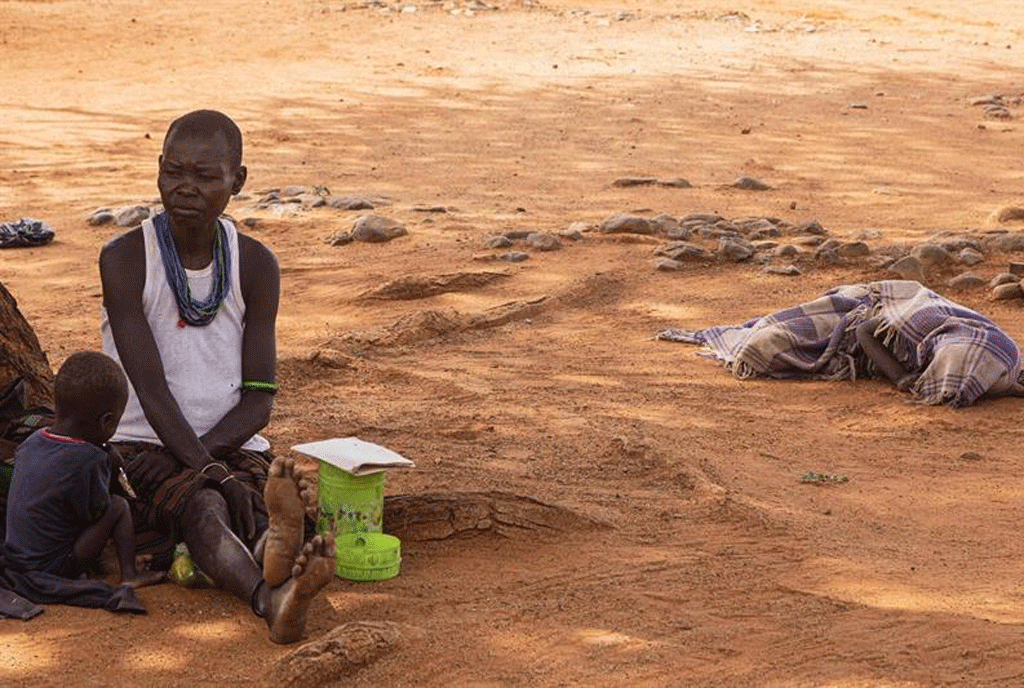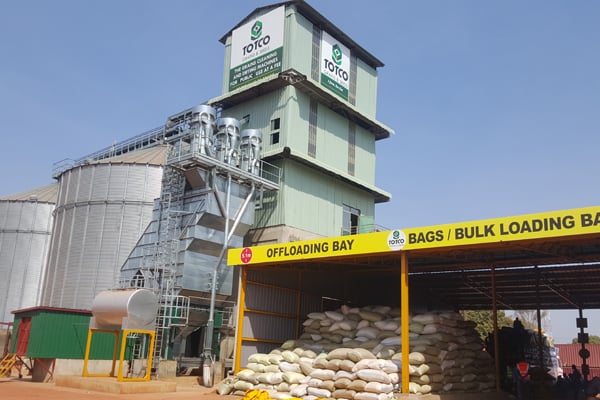Uganda at 60: What is causing farming decline in central

A farmer in Masaka District, Central Uganda attends to her banana plants
What you need to know:
- Climate change has come along with incurable crop diseases and insurmountable pests and our main cash and food crops are facing extinction unless some solutions are quickly found.
There is a raging debate nowadays about perceived agricultural production decline in the central region.
Since the main traditional food crop in the region is matooke (bananas) the area was the leading producer of bananas around the time of Uganda’s Independence.
However today there is talk that the western, where millet was the major food crop, has now overtaken the central in banana production.
Neither has the region done so well in the production of other crops such as beans, maize, sweet potato and groundnuts.
According to the Uganda census of agriculture 2008/2009 by Uganda Bureau of Statistics (Ubos), the central region’s banana production stood at 1,039,837 metric tonnes from 326,082 hectares under the crop while western region’s production was at 2,883,48 metric tonnes from 511,096 hectares.
Isingiro in particular, which alone produced 601,363 metric tonnes, was the leading banana producing district in Uganda.
In the same census, the central region, which had 120,796 hectares under beans produced 167,276 metric tonnes of the crop while western region, which had 241,915 hectares under beans produced 411,945 metric tonnes.
The central region, which is the native habitat of Robusta Coffee, is however still the leading producer of the crop whose production is reported to have substantially grown.
Causes of food decline
The debate now is what could be behind the general decline in production of many food crops in the central region? And why is coffee production going up in the same region where banana production is going down? Bananas which are the native food in the central region have a similar native importance to coffee in the region because to the Baganda, coffee is not only a cash crop but it is also used in traditional worship and other cultural activities.
Laziness
Joseph Kalungi, a farmer and former chairman of Masaka District, attributes the declining agricultural production in the central region to laziness among the people of the region.
“Before independence, people from Rwanda, Burundi and western Uganda used to come to the central region to work as labourers on the farms. They picked the skills to grow the same crops on which they worked and returned to practice them in their places of origin and now we are seeing flourishing banana plantations and bean fields in western Uganda. The central region now lacks the cheap labour from which it used to benefit and hence the growing reduction in food production,” says Kalungi.
He goes on to say that even the current agricultural production in the region is mainly sustained by the descendants of the former labourers who chose to settle in the central region because back then it was easy for people from other regions to acquire land in the region.
Soil depletion
Mahad Ssenkabirwa, a journalist who also practices some agriculture in the central region is of the view that the land in the central region is simply worn out after years upon years of crop cultivation unlike that in the west where cattle grazing has been the dominant economic activity for decades.
Dr Julius Zaake formerly professor of Soil Science at Makerere University, Kampala, says, “In most cases soil depletion takes place when people grow crops and transport them to the market far away without returning some of their residues to the soil. For a long time the people in the central have been growing bananas and selling them to traders in Kampala and other urban centres. The bananas are peeled in the areas where they are sold and the peelings are never returned to the farmers’ gardens where they should be dumped to produce manure for the soil. Whatever comes from the soil should be returned to the soil.” Zaake warns that even the west where crop production is flourishing risks losing its soil fertility in future as the central did unless it pays due attention to soil nourishment after harvesting the crops. Since they are also livestock keepers they must think of using animal droppings or some other organic manure, he says.
Urbanisation
Robert Musenze Mugenyi, chief executive officer of Buganda Cultural and Development Foundation (Bucadef) attributes the apparent agricultural production decline to three reasons. He blames rapid urbanisation taking place in the central region. “The central has lost a lot of farming space due to urbanisation,” he says. “Take Wakiso District and other districts such as Mukono, Luweero and Buikwe for example, it is so difficult to carry out productive farming in such areas.” He could be right because, according to Ubos, Wakiso District alone has a population of 2,915,200 and the population figures for Mukono, Luweero and Buikwe districts are each reported to be above 1,680,600.
Reduced soil fertility
His other reason for the decline is reduced soil fertility in the region which he attributes to lack of sensitisation about soil sustainability. “What we are now doing in Bucadef is to tell all farmers in the region to incorporate livestock production into farming so that they can apply livestock droppings into the soil for its nourishment. We therefore advise all farmers to grow fodder grass all around their gardens and all along rainwater trapping furrows,” says Musenze.
He agrees that urbanisation is attracting more youth into towns and causing them to sell their land. Bucadef which recently entered a working relationship with National Union of Coffee Agribusinesses and Farm Enterprises (Nucafe) discourages land fragmentation which has led to garden size reduction for most farmers in the region. He agrees with Prof Zaake about the loss of soil fertility in Buganda due to unchecked transportation of banana’s to urban areas without any efforts to rejuvenate soil fertility in the gardens.
Lack of knowledge
Musenze also blames the farmers in the region for not thinking twice before changing farming enterprises.
“They are too quick to change to producing new crops advocated by some poverty fighting programmes. Today they hear about moringa and its economic benefits and they start growing moringa only to discover later that there is no market for moringa. Then they hear about avocados and they cut down bananas to grow avocados. Swinging from one crop to another all the time does not help matters.
However, the said agricultural production decline in the region is only temporary. The Kabaka, Ronald Muwenda Mutebi, has made tremendous progress in revitalising coffee production whose increase in the region is there for everybody to see. We are all out to ensure that we take the leading position in all forms of agriculture,” says Musenze.
Emerging grave yards
Both Prof Zaake and Musenze agree that the region is facing a new danger of losing agricultural land in the form of grave construction for its dead. The tendency nowadays is to construct a concrete grave for almost everybody who dies. There is so far no statistics to show how much farming space goes to dead people every day but we are beginning to see sizable patches of space occupied by concrete graves even in homesteads that hardly have enough land for farming. “Plant roots do not go through concrete and this is an issue that must be addressed,” says Prof Zaake.
Musenze too agrees that concrete graves are trendy but is quick to add that they are a sensitive issue which must be sorted.
“As the appetite for concrete graves grows so will farming space decrease. If all the people who have ever lived on this earth were buried in concrete graves where would we be farming now?”
Soil depletion
Mahad Ssenkabirwa, a journalist who also practices some agriculture in the central region is of the view that the land in the central is simply worn out after years upon years of crop cultivation unlike that in the west where cattle grazing has been the dominant economic activity for decades.




